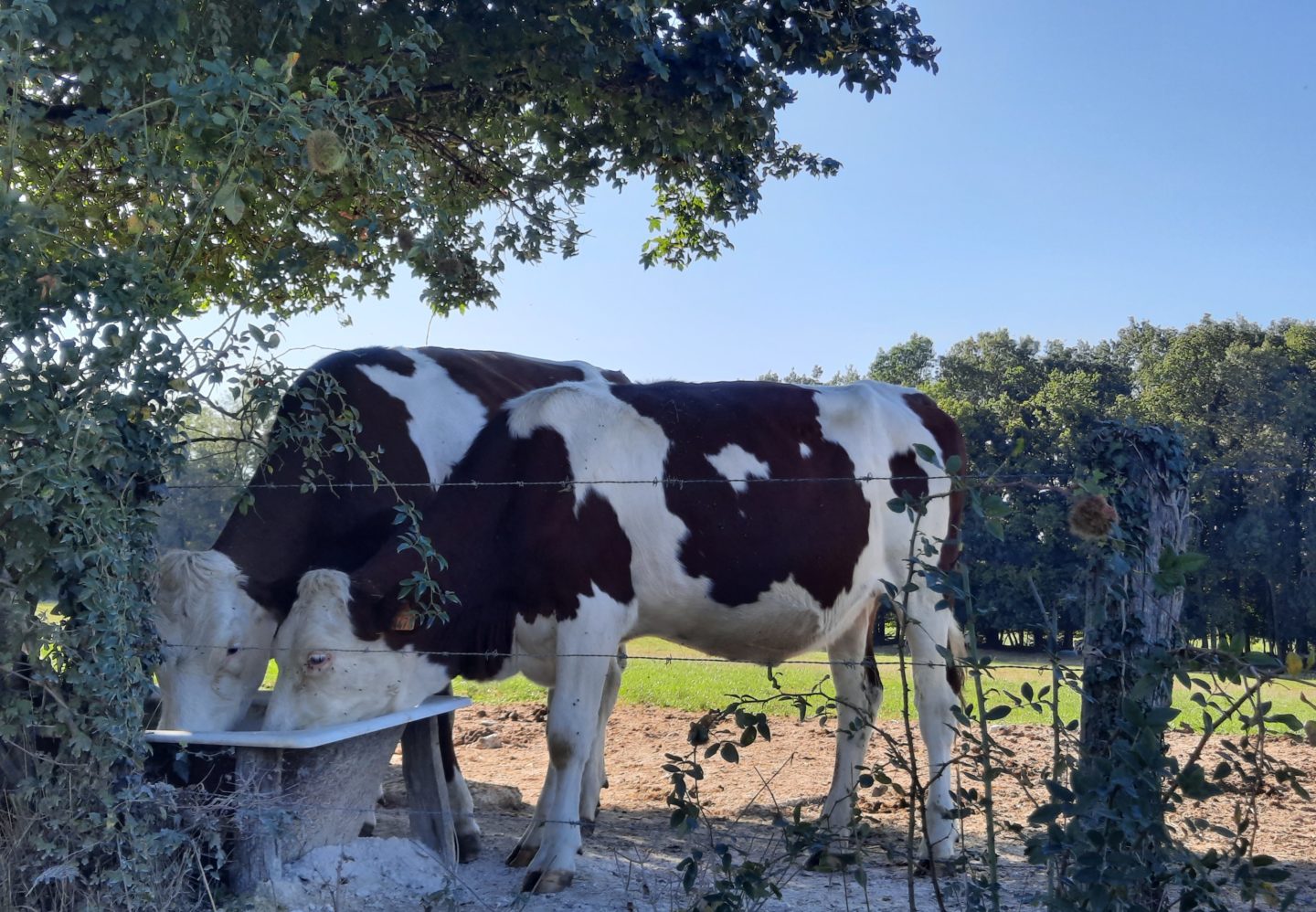Chapelle-Voland is a rural commune in the Bresse Jurassienne region, on the border with Saône-et-Loire. Its inhabitants are known as Chapellois and Chapelloises.
A vast community :
Chapelle-Voland is one of the largest communes in the Jura department, comprising some 40 hamlets before the French Revolution. Today, some 30 remain. The families who lived there gave their names to these hamlets: Largillais, Lamarre, La Vaivre and Bois d'Amont.
Agricultural activities :
In the 16th century, cows, horses, sheep, pigs and poultry were raised here, as well as some 500 beehives. The area also boasts mills and undeveloped sandpits, as well as large quantities of iron ore. A mine is operated at Les Villeroz for use by the Baudin forges.

History of Chapelle-Voland: two seigneuries
Chapelle-Voland dates back to Celtic times.
In the past, Chapelle-Voland was divided into two main seigneuries, one called Largillais and the other Champ-Flory (or Champ-Fleury) "Campus Floridus".
On the one hand, the seigneury of Largillais included the hamlet of La Chapelle and those to the north of the church. It belonged to the noble Ruffey family.
The fief of Champ-Flory comprised the hamlets to the south of the church. It has always belonged to the lords of Chalon-Arlay. The château de Largillais was built to the west of the village, on an eminence close to the fields. It was destroyed between 1477 and 1479 by the armies of Louis XI.
Chapell curiosities :
A small chapel stands on the road between Chapelle-Voland and Bellevesvre. It was built in the mid-19th century and blessed on April 5, 1856 by Mgr Mabile, Bishop of Saint-Claude. The chapel is dedicated to Mary, protector of travelers, as it stands at a crossroads. Inside, on an altar in a neo-Gothic setting, the Virgin Mary appears to be guiding the first steps of the infant Jesus.
Located in the center of the village of Chapelle-Voland, the church's exterior architecture is classic. The building is constructed mainly of red brick. Its imposing length supports a high, slate-covered bell tower with a polygonal spire. The roof is covered with flat tiles.
Inside the church, visitors will discover various sculpted decorations adorning the walls and rib-vaulted choir. Within the church, the Vaivre chapel dates back to the 15th century, 300 years before the church was built. It is probably named after the vast estate that once belonged to various local lords. The chapel may have been part of an ancient fortification that no longer exists. It may well have been moved from this fortress to its present location.
A mysterious coat of arms
On one of the chapel's capitals, a coat of arms has been carved directly into the stone. A diagonal crosses the coat of arms, separating a round shape on the upper right from a crescent moon on the lower left.
To date, it is impossible to attribute this coat of arms to one of the region's seigniorial families. The main lords of Chapelle-Voland, dependent on the seigneury of Ruffey, are Largillois, Vaudrey or Chalon. The least uncertain hypothesis would point to the latter family. The Chalon family once owned a coat of arms similar to this sculpture. But for the moment, these coats of arms intrigue heraldry enthusiasts.
Don't forget to take a look:
- The presbytery, which dates from the 18th century
- The town hall and school dating from the 19th century
- Ponds, in particular the Vaillants ponds
- And the surrounding farms in typical Bresse style.














